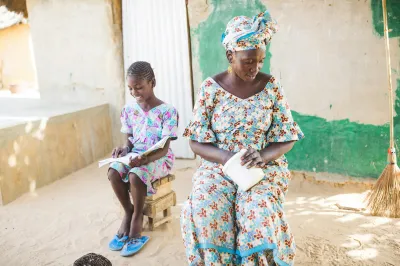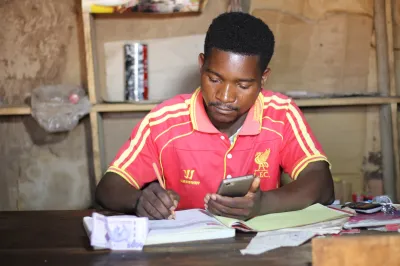Portraits of Financial Inclusion
You can enter the 2013 CGAP Photo Contest through October 9 by visiting www.cgap.org/photocontest.
In CGAP’s renewed effort to better understand “clients” of financial services for the poor, we apply different approaches and perspectives. On the surface it seems obvious who typical clients might be—low-income people who live in a developing country, often in a remote or rural area. But when you take a moment to picture these clients as real people, this description can seem monolithic. Several of our recent projects have helped put faces to this general profile.
For example, we’ve conducted segmentation research in Mexico to find out more about livelihoods and income levels. We interviewed families in Bangladesh to find out how real people use microfinance in their daily lives. And a new project in India attempts to better understand what financial institutions can do from the start to make their approach more client-focused. When you have examples like these, it’s much easier to make the mental transition from “clients” in the abstract sense to, for instance, Claudia, Mario, and Reyna who live in rural Mexico.
Another way we’ve brought faces to the conversation about clients is through the annual CGAP Photo Contest. Now in its eighth year, the contest has evolved considerably since 2006, when we first asked photographers around the world to help us “picture microfinance.” Through the contest’s first few years, entries primarily depicted traditional livelihoods—weaving, fishing, or farming—from South Asia, a region typically associated with microfinance.
While many submissions continue to reflect these traditional images, we’ve seen a much greater variety of livelihoods and regions represented in recent years. In 2011, for example, we saw the potter in Vietnam who restarted his family business with help from a microloan. We also saw how microfinance created an opportunity for a man in China to prepare and sell street food (even in the snow).

Photo Credit: Zhang Quanli
Last year’s competition received 2,500 entries from 80 countries. The second prize was awarded to a photographer who captured a woman in Siberia who constructed a warmhouse from recycled bottles, while the winning photo, which depicted the smoky work of separating charcoal, was submitted by a former banker turned photographer from Turkey. This diversity continued throughout the winning set of photos, which also included an entry from Pro Mujer depicting a credit officer who used a motor bike in Nicaragua to reach her clients.

Photo Credit: Ariel Slaton
The photo contest is a fun campaign for our communications team at CGAP, and it never fails to reveal top-notch photos from talented photographers – both amateur and professional. We’re proud to showcase these online, in our publications, and in special exhibits as a way to demonstrate various perspectives on financial inclusion and to bring faces to concepts that may otherwise seem abstract. Several notable exhibitions from the past few years come to mind, including September 2012 at The Hague, December 2012 at the Microfinance India Summit, and forthcoming at Johnson and Johnson headquarters in New Jersey.
But beyond the positive messages the contest creates, it’s also an interesting portrayal of a field whose collective vision has come a long way over the past several years. As much as our field’s work has evolved from “microcredit” to the more inclusive “microfinance” to the much broader concept of “financial inclusion,” so have the images depicted by the photo contest entries expanded beyond the traditional. Just a few years ago, we might not have expected to see photos of Masai people using mobiles for banking.
 A group of people look at a cell phone.
A group of people look at a cell phone.
Photo Credit: Jay Bendixen
The photos shared with us through this campaign challenge our conventional thinking and suggest that we’ve uncovered only the tip of the iceberg when it comes to the myriad ways the poor can use formal financial access to their advantage.
The 2013 CGAP Photo Contest ends soon, so be sure to submit your entries and vote for your favorites today at www.cgap.org/photocontest.




Add new comment